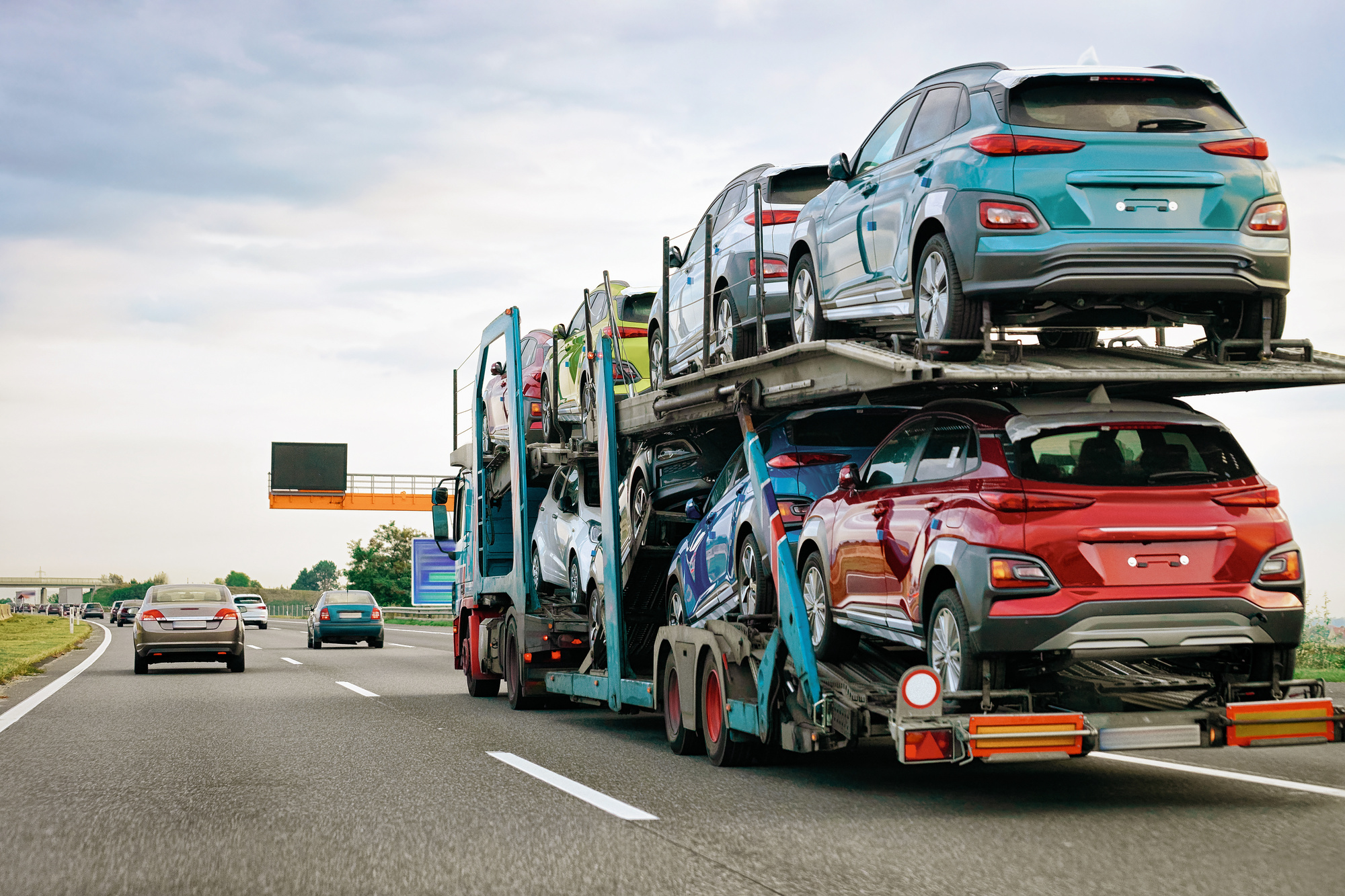
Read on for expert advice and practical tips to streamline your car shipping experience during your next interstate vehicle transport.
Shipping a car across state lines often appears daunting, filled with numerous decisions and preparations. The complexities of the process, ranging from choosing the right transport method to understanding insurance nuances, can initially seem overwhelming. However, this task can transform into a manageable and straightforward experience with a clear understanding and the right approach.
Central to this transition is finding appropriate interstate car shipping solutions tailored to meet both the safety requirements for your vehicle and your personal needs. A strategic approach ensures your vehicle’s safe, timely arrival and peace of mind throughout the journey.
Understand your shipping options
When it comes to interstate car shipping, selecting the appropriate option is vital for balancing cost, convenience, and vehicle safety. This becomes especially important when considering the alternative of traveling by car over long distances, which can be time-consuming and potentially stressful. Understanding the available services ensures a smoother journey for your vehicle.
Below are the essential options to consider:
- Open vs. closed transport: Open transport, where your vehicle is moved on an open trailer, is more exposed to weather and road conditions but is cost-effective and common for standard vehicles. Closed transport uses a covered trailer, offering better protection for your car, ideal for luxury or antique vehicles, but it’s more expensive.
- Door-to-door vs. terminal-to-terminal service: Door-to-door service offers the convenience of having your vehicle picked up and delivered to specified locations, saving time but costing more. Terminal-to-terminal service, on the other hand, is less expensive but requires you to drop off and pick up your car at designated terminals, involving more effort and coordination.
In essence, choose the shipping option that best fits your needs—cost, convenience, or vehicle safety. This decision will ensure a stress-free interstate car shipping experience.
Research reputable car shipping companies
Selecting a trustworthy car shipping company ensures a smooth and stress-free interstate car shipping experience.
This step can’t be overlooked as it significantly affects the safety and security of your vehicle during transit.
The following are essential steps to take when researching car shipping companies:
- Check licenses and insurance: Ensure the transport company is registered with the Federal Motor Carrier Safety Administration (FMCSA), which shows they meet industry standards. Also, confirm their insurance coverage to protect your vehicle against damage or loss.
- Read customer reviews: Reviews from past customers on independent platforms can offer insights into the company’s reliability, timeliness, communication, and issue resolution. Positive reviews generally indicate good service quality.
- Compare quotes: Get quotes from multiple companies to compare prices and services. Be wary of quotes much lower than the average, as they could mean hidden costs or lower service quality. The cheapest option may not always be the best for safely transporting your vehicle.
Researching and choosing a reputable car shipping company thoroughly is crucial for a hassle-free experience. This careful selection ensures that your vehicle is in reliable hands, providing peace of mind as it journeys interstate.
Prepare your car for shipping
Proper preparation ensures your vehicle is set for a safe and secure journey.
Here are the essential steps for preparing your car:
- Clean your car: A thorough cleaning of your car, inside and out, is crucial in identifying any existing damage. Cleaning makes it easier to spot exterior damage like scratches and dents and ensures you leave no personal items inside.
- Document pre-existing damage: After cleaning, inspect your car and take photos of any damage from different angles. To establish your car’s condition before shipping, these photos should be dated (use a newspaper or date-stamped item for proof).
- Remove personal items: Clear out all personal items from your vehicle. Car shipping companies usually don’t allow personal items not covered by their insurance. Removing these items also avoids issues related to weight limits and insurance claims. Small items like air fresheners and loose change should be removed to prevent interior damage.
Preparing your car for shipping involves proactive steps to ensure its safety and integrity during transit. Cleaning your car, documenting its condition, and removing personal items are essential for a smooth shipping process and peace of mind.
Understand insurance coverage
When shipping a car interstate, understanding insurance coverage is crucial for peace of mind and protecting your vehicle during transit.
Below are critical aspects to consider regarding insurance coverage:
- Review the shipper’s insurance: Ensure you fully understand your shipping company’s insurance coverage. Ask about what damages or situations are covered and the process for filing a claim. While most shippers offer basic liability insurance, be aware of its limits. If you need more coverage, think about getting additional insurance for extra protection.
- Check your auto insurance: Your car insurance might cover your vehicle during shipping. Contact your insurance provider to see if your policy includes car shipping and what is covered, like damages during loading, unloading, or transit. If your policy doesn’t cover car shipping or has limited coverage, consider upgrading your policy or getting temporary insurance for the shipping period.
Understanding your insurance coverage is essential for a stress-free interstate car shipping experience. It ensures you are well-prepared and protected against unexpected incidents, providing security and reassurance for your vehicle’s journey.
Conclusion
Embarking on an interstate car shipping journey requires careful planning and informed decisions. From choosing the right shipping option to aligning with a reputable company, each step plays a crucial role in the success of the process. With these guidelines, you’re well-equipped to ensure your vehicle arrives safely and efficiently at its destination, providing you with peace of mind throughout its transit.
























































































































































































